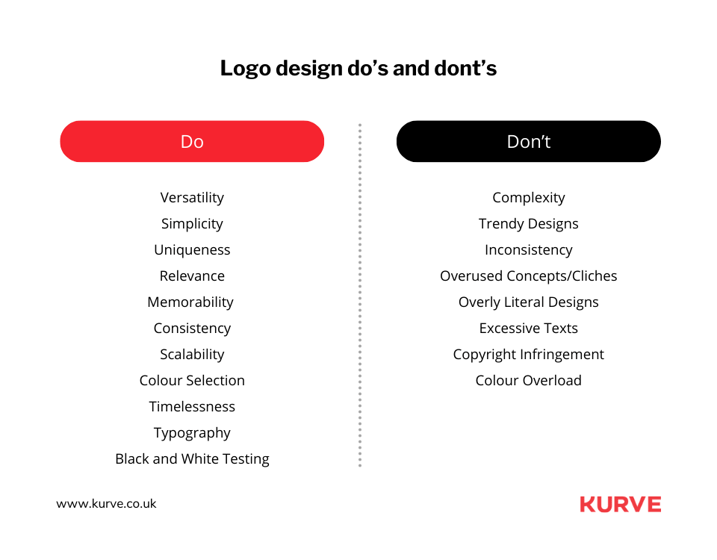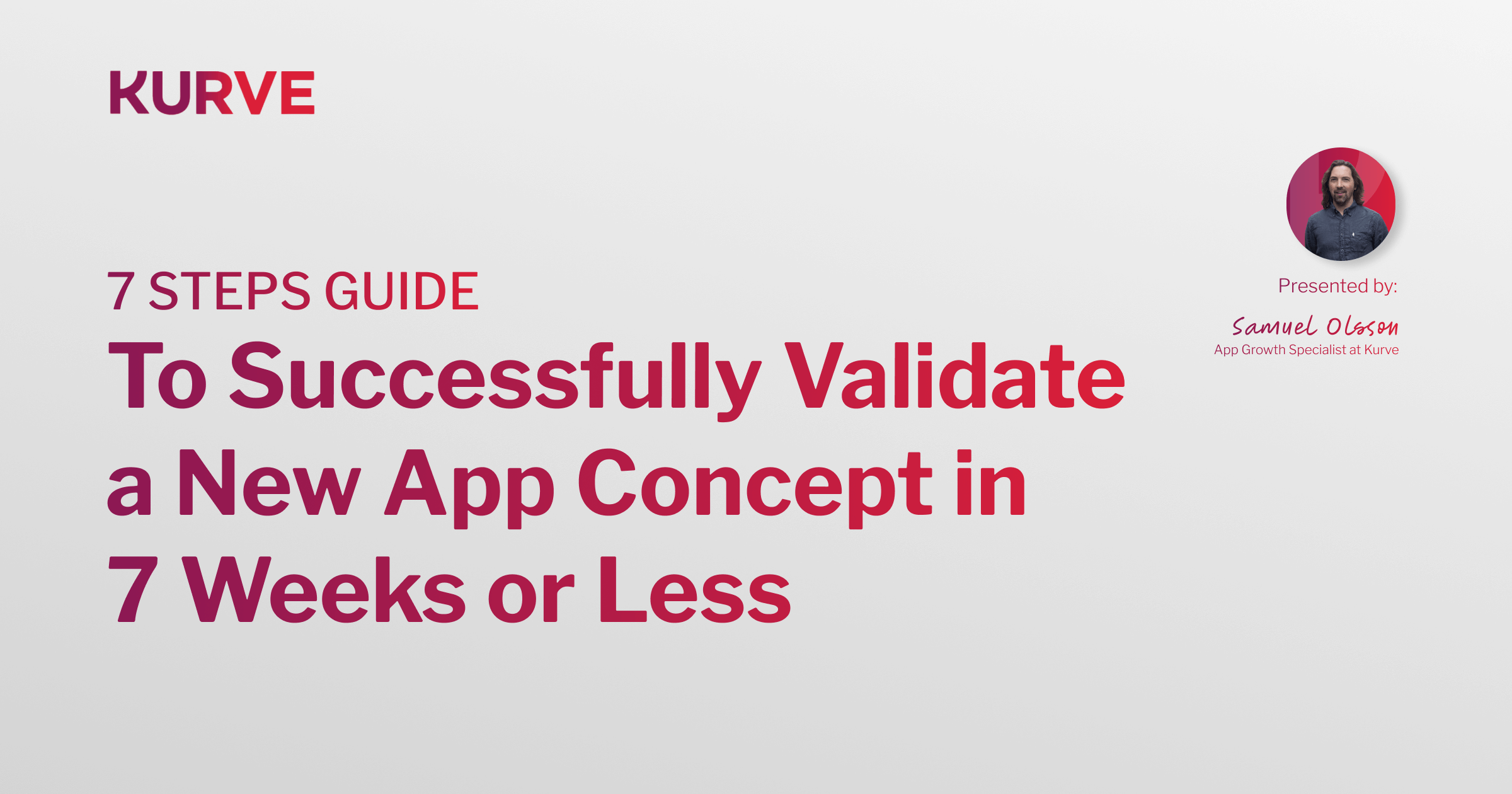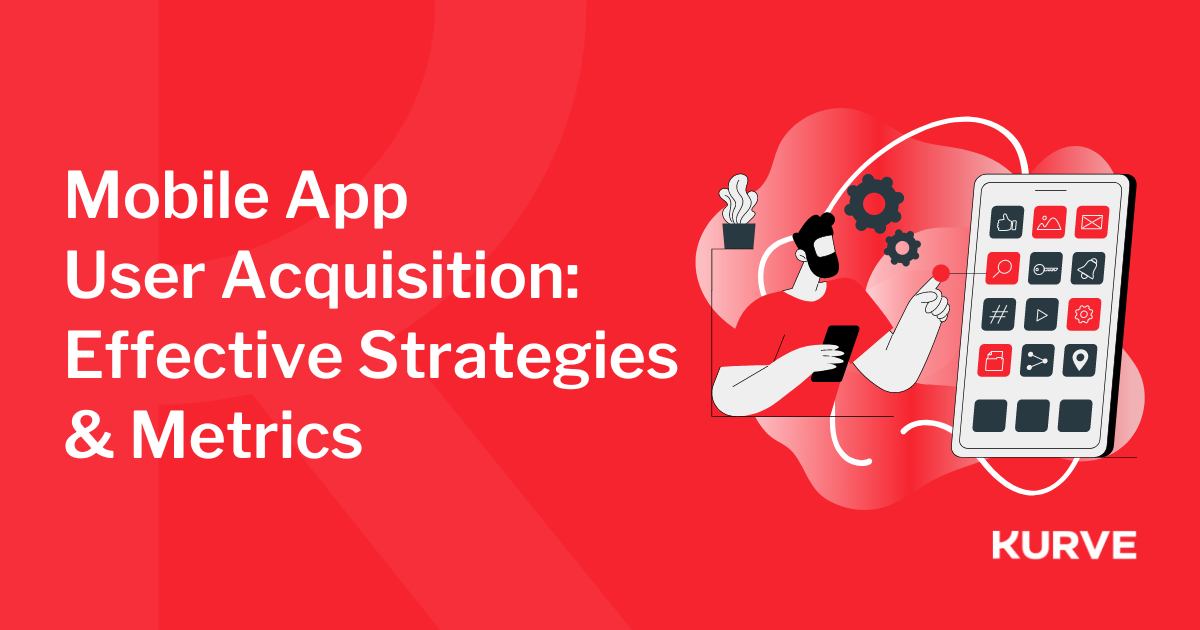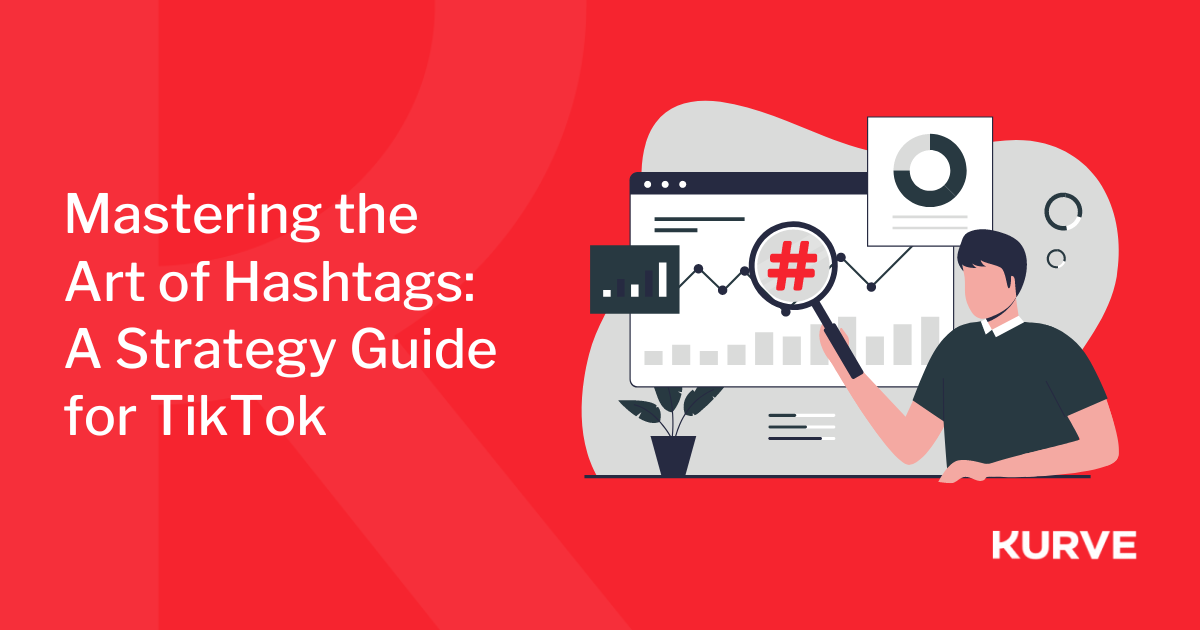5 Criteria of an Impactful SaaS Logo: Tips and Best Practices
The SaaS industry is growing rapidly, and competition is fiercer than ever. It's no longer enough to build top-notch software solutions—you've got to think about your branding, too.
Your logo holds a key spot. It may be a small design element, but it can trigger instant recognition. Yet, it needs to do more than look good; it needs to hint at your company's goals and values and where you sit in the market.
Software marketing strategies can help shape your logo design. We've compiled this in-depth article on effective software marketing strategies for you.
With this guide and our software marketing resource, you're ready to create a logo that truly represents your software.
Understanding SaaS Logos
There's a critical distinction between SaaS logos and traditional business logos. There are some key guidelines to consider;
- With SaaS companies operating primarily online, their logos must amplify the digital aspect and showcase a modern look.
- Being mostly digital, you must consider the devices used to access your product. Your logo must be responsive across them all.
- Scalability and adaptability play crucial roles in SaaS logo design. As SaaS platforms evolve, the logo should adapt and maintain relevance regardless of the context.
- Clarity and simplicity are essential when it comes to SaaS logos. Given their online presence, SaaS logos must be easily recognizable amidst the digital noise and across various devices.
Addressing common misconceptions about branding can also influence your logo design decisions. We recommend checking out our article on building a brand and seven misconceptions to learn what to avoid and focus on when designing your SaaS logo.
By making your logo scalable, adaptable, clear and simple, you're on your way to a perfect logo that represents your software and company.
Role in Brand Identity
A well-designed logo can elevate a brand's visual identity. It helps create a visual story that conveys your company's essence and differentiates it from competitors.
The psychological impact of logos on consumers is significant. Logos can evoke emotions and create positive associations with your SaaS product, leading to successful brand connections.
First Impressions Matter
First impressions are crucial in logo design. Your logo is often the initial point of contact between your prospective customers and your brand.
A well-crafted logo can attract and engage users, while a poorly designed logo can deter them. It can make or break your company's wallet and customer engagement, influencing their further exploration of your product.
Long-Term Business Impact
An effective logo offers long-term benefits, such as increased brand loyalty and recognition. It solidifies your presence in the market and allows customers to associate your brand with your software.
A poorly designed logo can have the opposite effect. If it doesn't capture your brand's essence, it causes confusion and a lack of trust in your product. In the long run, this could harm your company's growth and reputation.
Common Mistakes in SaaS Logo Design
Designing an effective logo for your SaaS company can be a complex process. There are many pitfalls to be aware of, including;
- Overcomplicating the design
- Neglecting scalability
- Using too many colors
- Following fleeting trends
- Not considering the brand's identity
- Ignoring feedback
- Not aligning with company culture
In the following sections, we will provide valuable and actionable insights into these missteps so you know what to look for when crafting your logo.

Image: Do's and Don'ts of Logo Design - GeeksforGeeks
Overcomplicating the Design
In creating a standout SaaS logo, it's easy to fall into the trap of over-complication.
Trying to depict your entire brand story through the logo often results in a complex design. Complexity can make the logo hard to reproduce and reduce its recognizability.
The key to an impactful logo lies in simplicity. A clean, minimal design is more accessible for the audience to process. Additionally, simple logos ensure uniformity across various platforms, be it a website or a printed brochure.
Important note: this isn't to say that your logo should lack uniqueness. Creativity and uniqueness are welcome, but knowing where and when you've crossed the line is vital.
Neglecting Scalability
Another pitfall in SaaS logo design is neglecting scalability. Your logo should look as impressive on a business card as on a huge billboard ad. This versatility is critical for scaling businesses.
The presentation of your logo can vary across different platforms. Ensuring scalability keeps your logo clear and impactful at any size. A non-scalable logo will lose vital details when shrunk or become pixelated when enlarged, harming the logo's professionalism.
A focus on scalability preserves your SaaS logo's aesthetic appeal and effectiveness across all mediums and sizes.
Using Too Many Colors
A critical aspect of good logo design is color selection. Many make the mistake of thinking more colors would make the logo more appealing. That's far from the case; excessive use of colors can make a logo appear cluttered and unprofessional.
Sticking to a simple, cohesive color palette is crucial for creating a polished logo. Two to three colors are usually compelling enough to draw attention without overwhelming the viewer. Limiting the color choices also enhances adaptability, allowing your logo to maintain its identity across various backgrounds and applications.
Following Trends Blindly
While staying up-to-date with design trends can be beneficial, mindlessly following them is a bad practice for logo creation. The problem with designing on trends is that your logo can become outdated once the fad loses steam. The result? Your logo will lose relevance and necessitate another revamp.
The key is to create a logo that is aligned with your brand's identity and values. Regardless of current trends, your design and branding strategy should feel like a timeless representation of your SaaS business.
Instead of adopting the latest design craze, incorporate the elements that sync with your brand. This will help ensure that your logo remains appealing and relevant in the long term.
Not Considering the Brand's Identity
Your logo is not only a visual symbol. It's the image representing your brand's identity, values and what it stands for. Ignoring your brand's identity while designing a logo is a notable mistake. It can create confusion and result in a disconnect between your business and its perceived image.
An effective logo should reflect the essence of your SaaS company. It should narrate your brand's story in a simple yet powerful way. This helps establish an immediate emotional connection with your potential and existing customers, strengthening your brand's place in their minds.
Ignoring Feedback
Designing a logo in isolation and moving forward without gathering feedback is risky. Sourcing input from stakeholders, potential customers, and your internal team is paramount.
Different perspectives can shed light on aspects you may have overlooked. Feedback offers valuable insights into how others perceive your logo, what emotions it stirs, and whether it communicates your brand identity.
5 Key Criteria of an Impactful SaaS Logo
We've addressed the common mistakes in SaaS logo design. Let's focus on the key elements that make a logo effective and memorable.
Knowing these essential features will make your logo look amazing and ensure it represents your brand and stays relevant as your business evolves.
Let's dive into these critical factors, their importance, and how they work together to create a cohesive and strong brand image.
Impact
Creating an impactful logo is essential for your brand identity. An impactful SaaS logo catches the eye and embeds itself in the customer's memory.
To make your logo impactful, prioritize simplicity in design. A transparent, minimal logo speaks louder and is easier for customers to recognize and remember.
Ensure your brand's core values and goals are visible in the design of your logo. This strengthens the connection between your brand and your audience and sets you apart from competitors in the crowded SaaS market.
Versatility
The logo should look good and remain recognizable regardless of where it's used. The logo's quality shouldn't be compromised whether it's your website, an app or printed marketing materials.
The design should look good at different scales, from small to large, and be effective in various forms, like grayscale and monotone.
Our best tip? Design your logo in vector format. Doing so preserves its quality across different sizes and mediums. Test your logo in other applications to ensure it stays effective everywhere it's used.
Memorability
Creating a memorable logo is about striking the balance between uniqueness and simplicity. Your logo should be distinctive enough to stand out yet simple enough for easy recall.
Use a consistent color scheme and identifiable shapes. These elements aid memory and foster brand recognition. Think about famous logos you know; they are often easy to sketch and remember. Aim for that same clarity and simplicity in your design.
Furthermore, your logo should evoke the right emotions related to your brand. Whether it's trust, innovation, or comfort, the emotional connection can make your logo stick in people's minds.
Technicality
Technical excellence in logo design is crucial. This includes choosing color, typography, and shape that communicate your brand's message.
Colors stimulate emotions and associations. Choose colors that reflect your brand's personality. Meanwhile, typography contributes to the logo's readability across different sizes. Also, consider the file type and resolution. A vector format allows for easy resizing without loss of quality.
All these technical factors influence a logo's look and feel. They either enforce or dilute your brand message, hence requiring careful consideration.
Designing for Systems
System thinking means creating a logo that can adapt to different contexts yet maintains consistency. Remember, your logo might appear in various forms, from app icons to lapel pins, billboards, and social media banners.
To get this flexibility requires simplicity in your design. A complex logo might lose critical details when resized or adjusted for different platforms.
Consider creating logo variations that suit different uses while preserving your core brand elements. This can include a full logo, logo mark, or simplified versions of your logo.
Designing for systems ensures your logo remains impactful and recognizable. It enhances brand consistency and recognition across all mediums and sizes.
5 Best Practices for an Effective SaaS Logo
Designing an effective SaaS logo is a strategic process beyond arranging shapes and colors. Below, we detail the steps in creating a great SaaS logo that aligns with your brand identity and communicates your brand values to your target audience.
For additional resources for SaaS logo design, check out platforms like Canva and Adobe Spark. They offer many design tools and templates to get you started.
Understand the Brand
A comprehensive understanding of your brand forms the foundation for effective logo design. Diving into your brand's history, mission statement, and core values helps extract the brand's essence.
Understanding your target audience's tastes and preferences can significantly influence your design. Identifying the primary message or emotion your brand wishes to convey primes your logo design to resonate with your audience.
Gather Inspiration and Decide on Logo Type
When designing your logo, it's wise to learn from successful brands. But always ensure your design maintains originality. Avoid falling into the trap of clichéd methods that might dilute your brand's unique identity.
Consider the pros and cons of logotypes like a wordmark, emblem, or pictorial design. Analyzing them in tandem with your brand's ethos and your target audience's preferences will guide your choice.
Design with Color and Typography
Colors and typography are powerful elements of logo design. They can evoke a range of emotions and shape perceptions about your brand. For example, blue is often associated with trust and professionalism, while red can convey energy and passion. Consider these implications when selecting your logo's color palette.
Font choice is fundamental to your brand's image, as each font has a distinct personality. A stylish script font may imply creativity and elegance. Conversely, clean, crisp fonts often signal modernity and efficiency.
Keep it Simple and Test
The philosophy "less is more" holds weight in logo design. A simple, uncluttered design allows for easy recognition and recall. It also maintains visibility and effectiveness across different platforms and sizes, heralding versatility.
Once your logo design is ready, test it in real-world scenarios. Feedback from potential customers and stakeholders can illuminate improvements or adjustments for better resonance with your audience.
Refine and Protect
Logo design isn't a one-step job. It requires iteration and fine-tuning based on feedback and testing results. This revision ensures your logo stays aligned with your brand objectives and market perception.
Once finalized, it's time to protect your logo from unauthorized uses and potential infringements. Registering for a trademark ensures your logo's unique design remains exclusive to your brand.
It’s More Than Just a Logo
An effective SaaS logo isn't only appealing to the eye. It has a significant role in,
- shaping brand identity
- meeting technical requirements
- influencing long-term business strategies.
In this guide, we've covered why the uniqueness of SaaS logos is essential, common pitfalls and the indispensable criteria of logo creation. For a deeper dive into content strategy, which directly influences your logo and branding, read this article next.
Now is the moment to evaluate your existing logo against your brand guidelines and our shared principles. It might be time to consider a redesign if it doesn't align with your current brand values or fails to make a meaningful connection with your audience.
Remember, your logo is more than a symbol — it's the visual cornerstone of your brand's identity.


